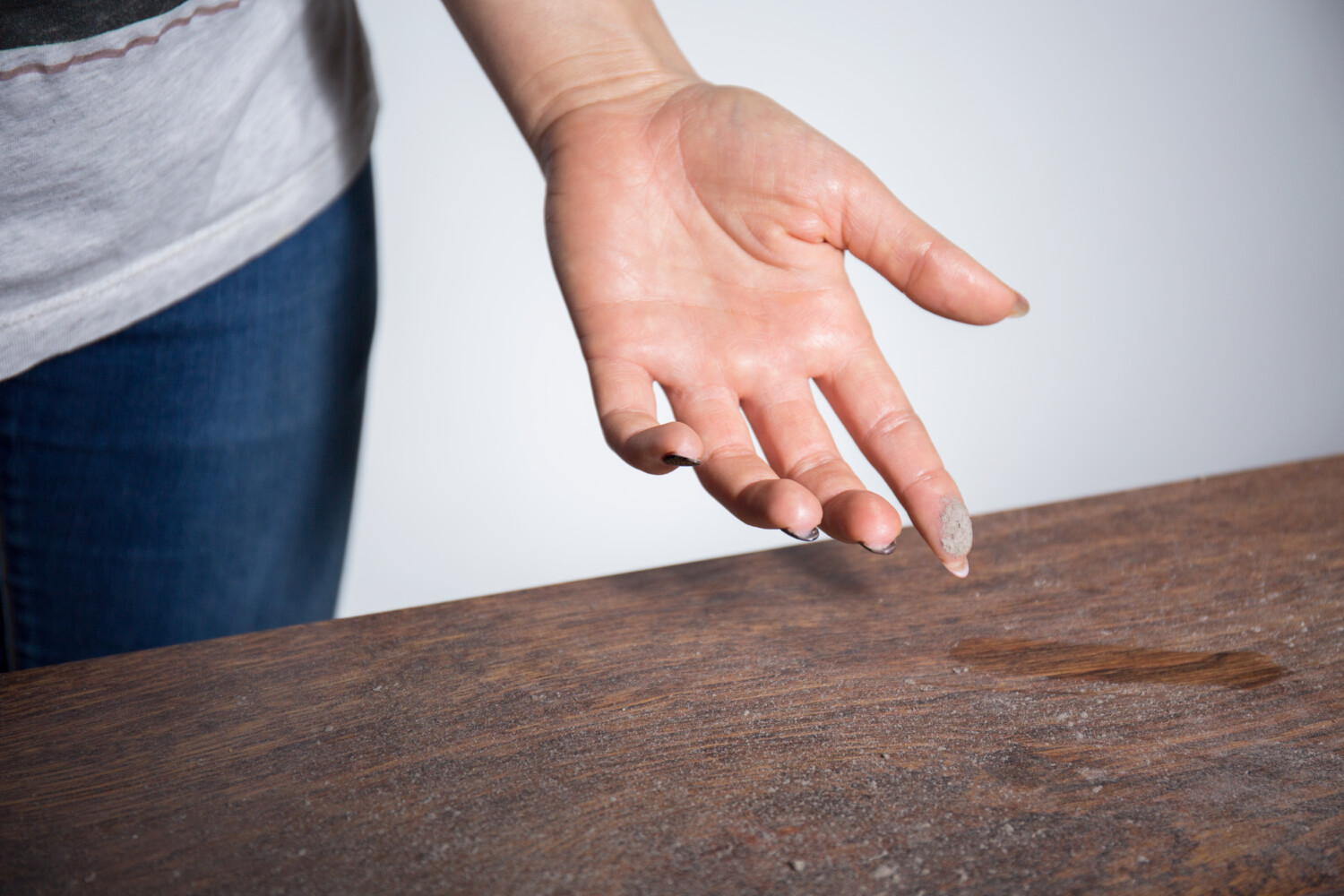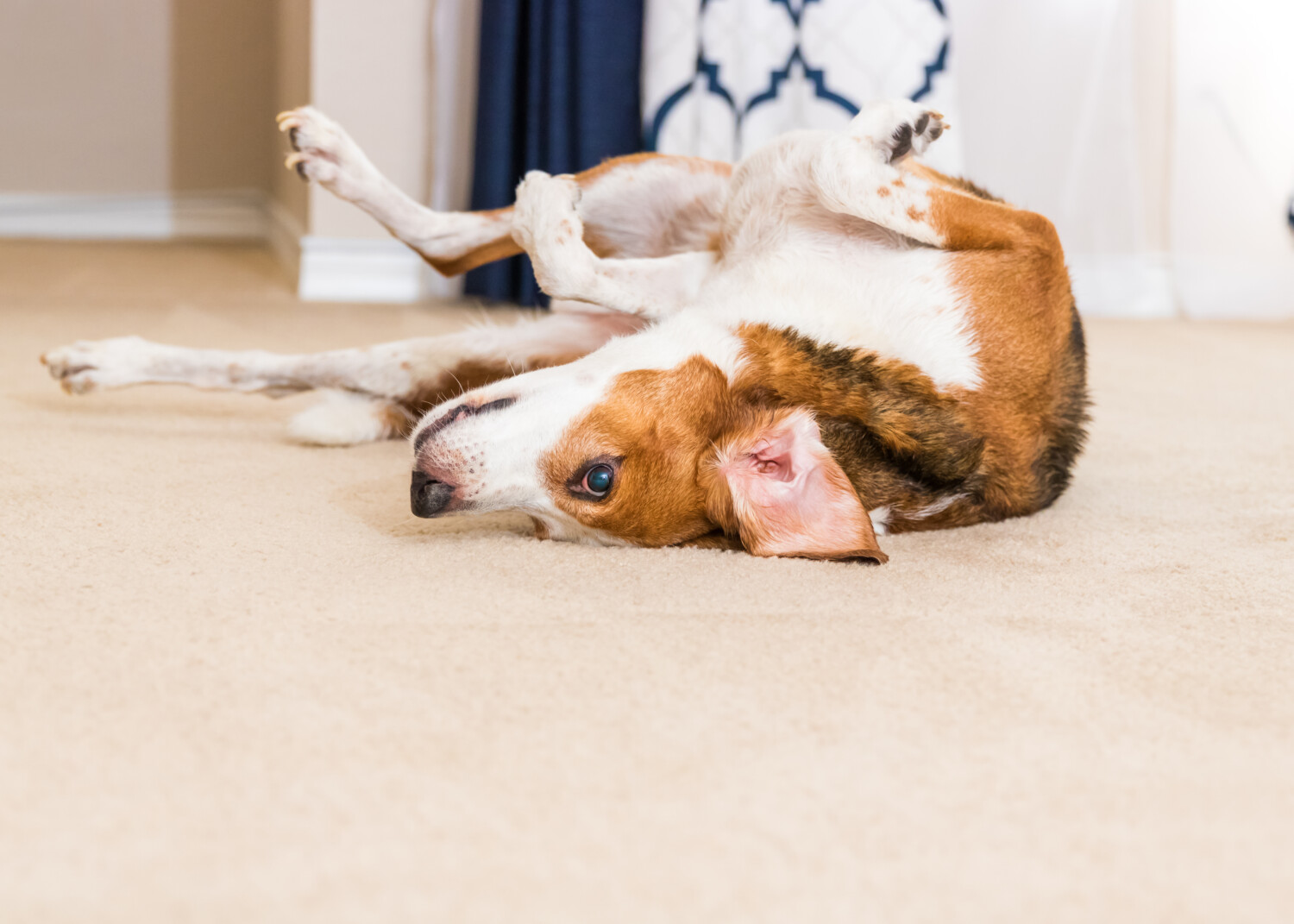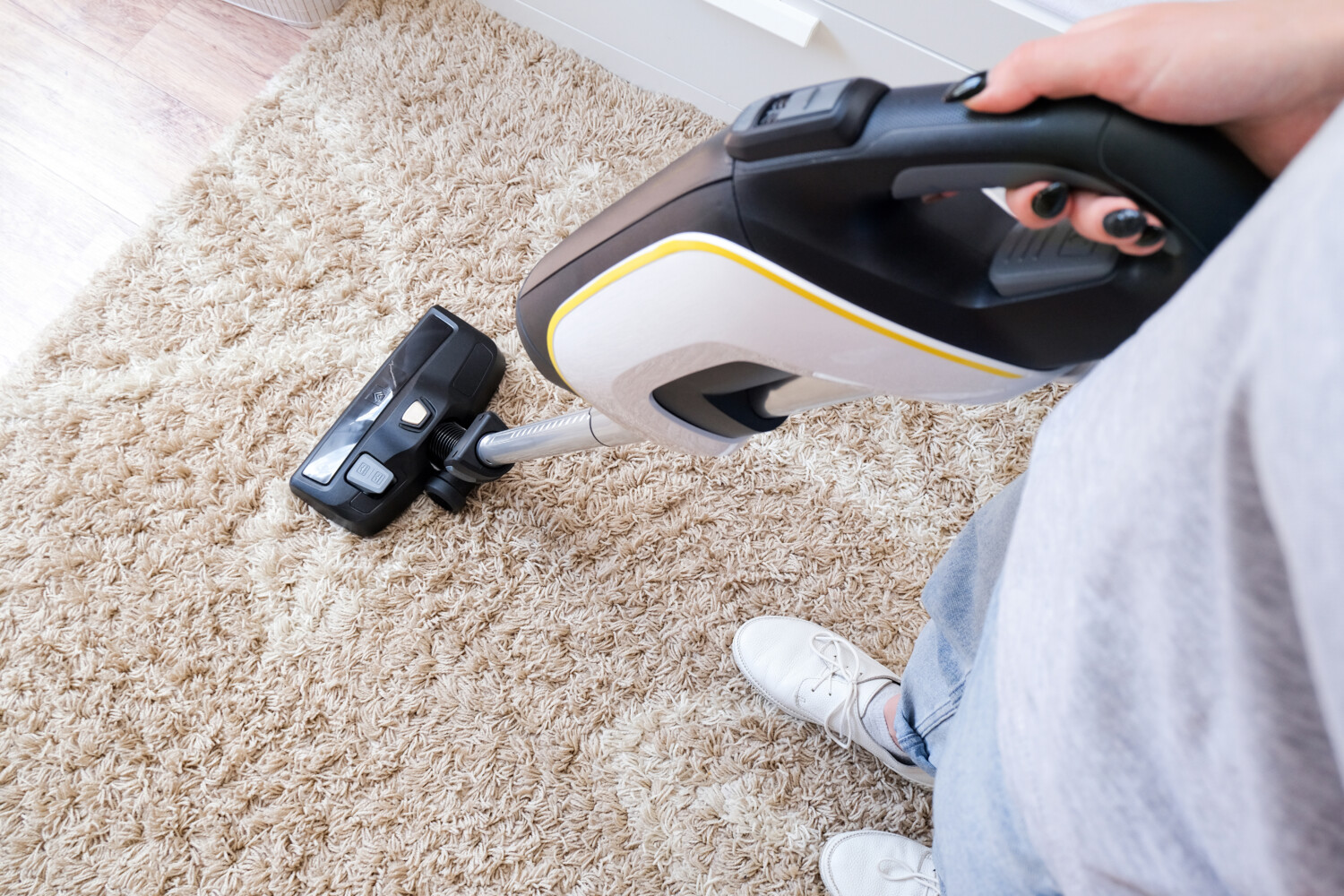You’re cleaning your house (again), and as you wipe the thick layer of grime off yet another shelf, you ask yourself, “Why is my house so dusty?”
Dust is a common problem in every home, and understanding why it happens can help you keep your living space cleaner and more comfortable. There are many potential sources of dust including open windows and doors, pets that shed fur or dander, carpet fibers, clothing, shoes and more. If these are left unchecked, dust can accumulate rapidly.
There are several potential causes of dust in your home — and actions you can take to reduce or eliminate it.
So, Why Is My House So Dusty?
Dust is not only unsightly, but it can also cause respiratory issues and allergies. But why do our homes get so dusty? The answer is surprisingly simple: dust comes from everywhere.

Dust particles are made up of tiny bits of dead skin, dirt, pollen and other small particles that come into contact with us every day. It’s nearly impossible to completely avoid these particles, which is why they appear in our homes even though we regularly vacuum and clean them.
“Household dust is a complex matrix of components including dust mites, dust mite feces, bacteria, mold, pet dander, small insects, pollen and particles,” Ketan Patel, design manager of floorcare at Dyson, told Better Homes and Gardens. “Dust mite droppings, dead bodies of dust mites, pet dander and small insects are included as allergens.”
Pets contribute significantly to the amount of dust in your home. Pet fur and dander make it challenging to keep your space clean no matter how often you sweep and mop. Additionally, pets love to roll around in all sorts of places which can quickly spread dander and dirt from room to room. And pet fur attracts even more dust particles than regular household dust alone, acting like a magnet for more dust particles resulting in higher buildup.

Dust also builds up when we don’t properly maintain our furniture, upholstery, carpets and floors.
“Dust mites live in mattresses, pillows and upholstery,” allergist and immunologist Dr. Sonia Cajigal told Real Simple.
Another reason your home tends to get dusty so quickly is AC units or heaters. As this air circulates from room to room, it carries tiny dust particles that slowly accumulate over time, resulting in what seems like overnight dust buildup, especially if you have leaky air ducts. Cracks or gaps in your home’s ductwork can act like a vacuum, pulling dust into the system from the outdoors and even your attic. This dust then gets circulated throughout your house.
No matter how much effort you put into keeping your house clean, there will always be some level of dust present in your space. However, you can take steps to minimize its presence.
How to Keep Dust at Bay
Once you know the answer to the question, “Why is my house so dusty?” you can begin taking steps to limit the dust in your home and keep it fresh and clean.
Begin by dusting and vacuuming regularly. If you live in a dusty area, own pets or suffer from allergies, it’s recommended that you dust easy-to-reach areas of your home at least once a week, while hard-to-reach places like ceilings, door frames and baseboards should be dusted every three months. Additionally, you should vacuum at least weekly and twice weekly in high-traffic areas.
“Frequently vacuuming areas that receive more foot traffic will help to stop dust and dirt building up and getting trodden into your floor,” Patel told Better Homes and Gardens. “This is particularly important where there are pets in the house, or children that are crawling or spending more time on the floor.”

When it comes time to dust and vacuum, using the correct techniques and tools can make a difference. Use a dry microfiber cloth to remove light dust from furniture and other surfaces. Follow up with a damp cloth for more stubborn grime. Using a vacuum with a HEPA (high-efficiency particulate air) filter can also help reduce the amount of dust in the air. Finally, don’t forget about those hard-to-reach places. A long-handled brush is excellent for getting into corners and crevices where dust can accumulate over time.
Air filters and purifiers are an effective way to reduce dust in your home. An air purifier uses a fan to draw air through a filter that traps airborne particles. Regularly changing or cleaning the filter is essential for keeping dust levels down.
Inspect your ductwork for any leaks or cracks. Ensure all vents have filters and replace them regularly to avoid dust buildup inside the ducts.
If you have pets, grooming them regularly is vital to minimize shedding and dander, which can contribute to dust buildup in your home. Keeping windows closed when possible will also help prevent outside dirt from entering your home.

You should also regularly wash bedding and other fabric items like pillows, curtains or blankets that have accumulated dust over time. Using a hot water cycle with detergent will help kill dust mites effectively. For window treatments, such as blinds, wiping them down with a damp cloth is usually enough to remove built-up dirt and dust particles.
Dust doesn’t have to be a constant problem if you know how to fight it off. These tips can help you control it so everyone in the family can breathe easily again.
This story originally appeared on Simplemost. Check out Simplemost for additional stories.


